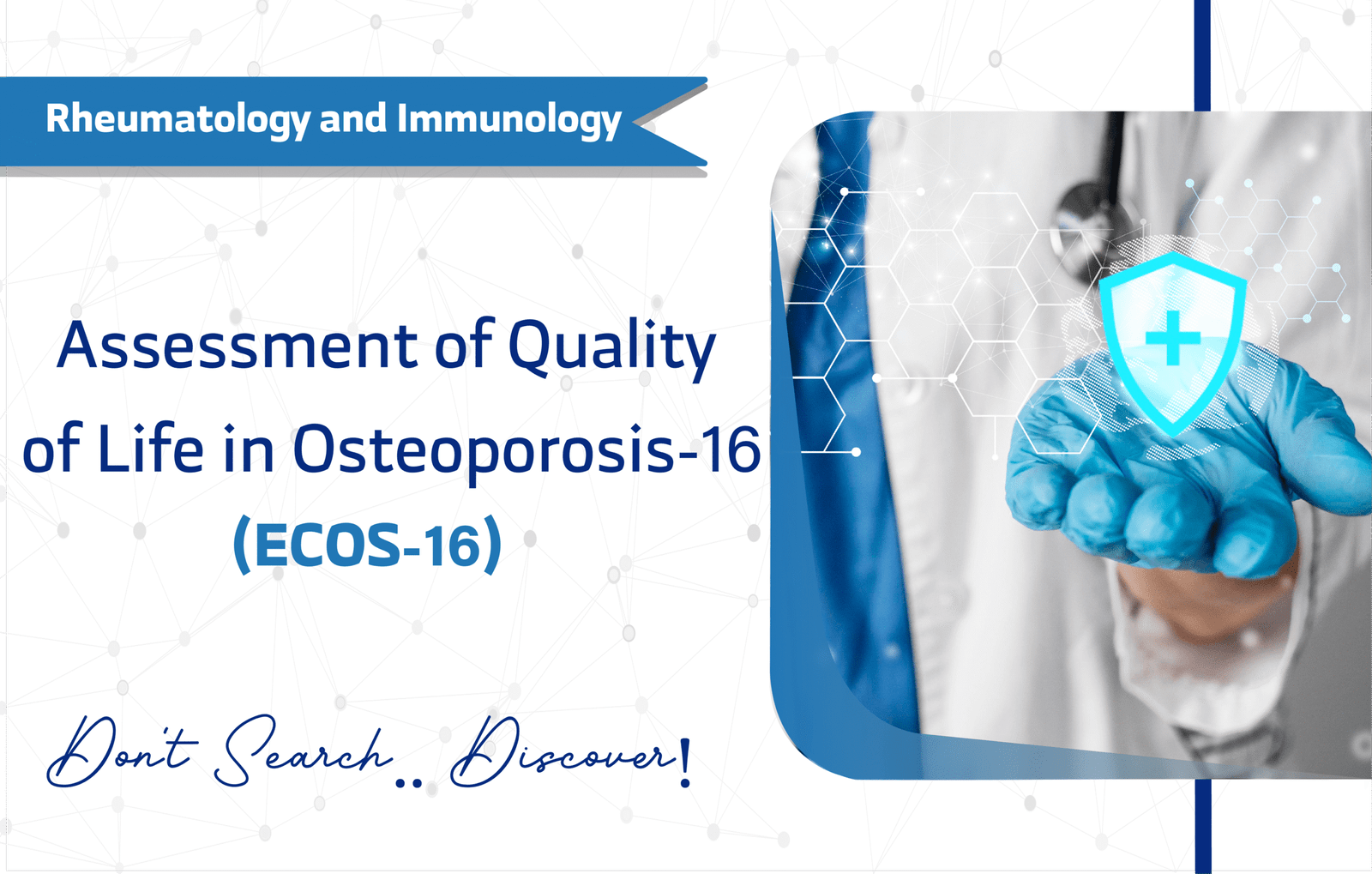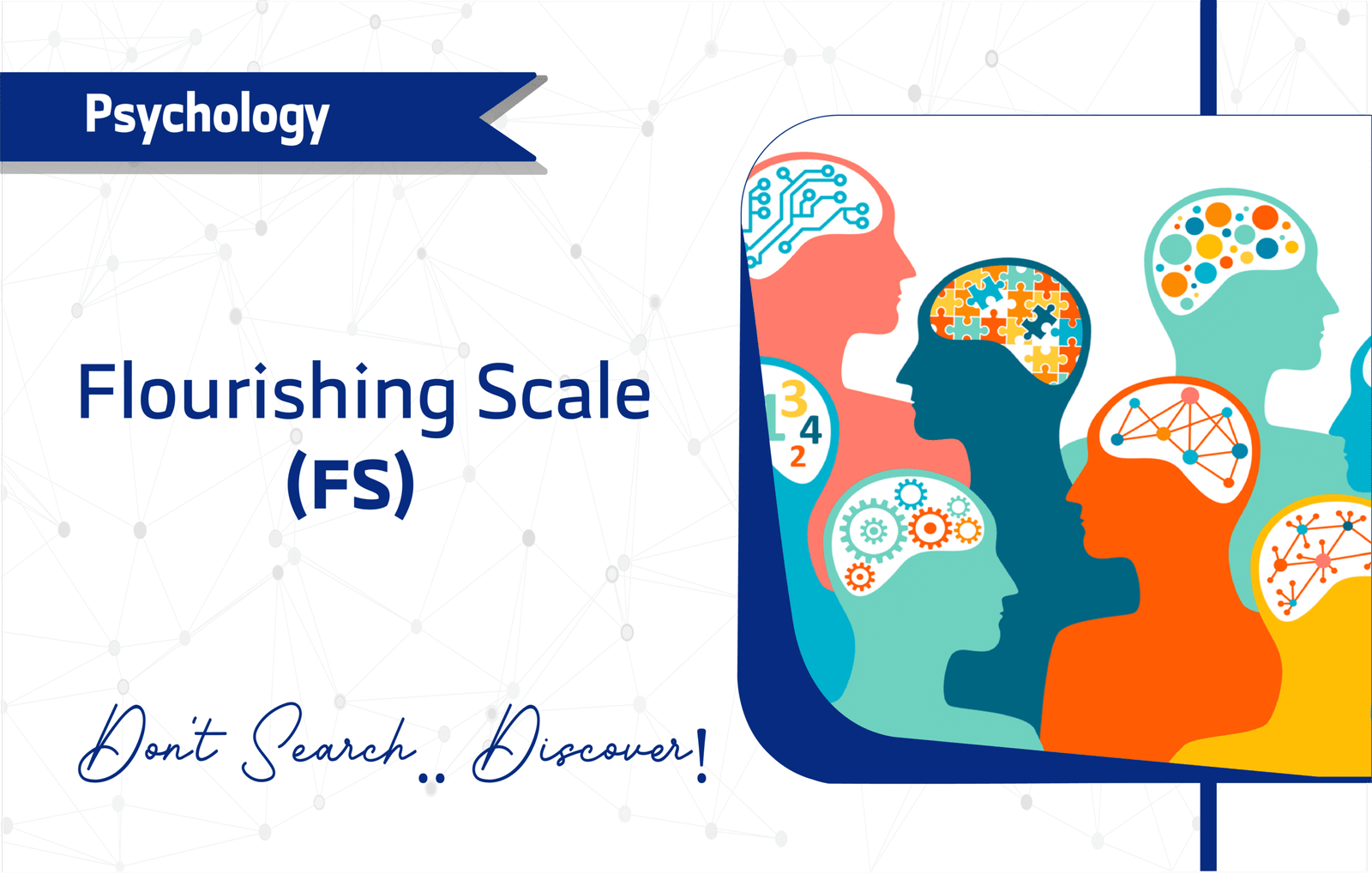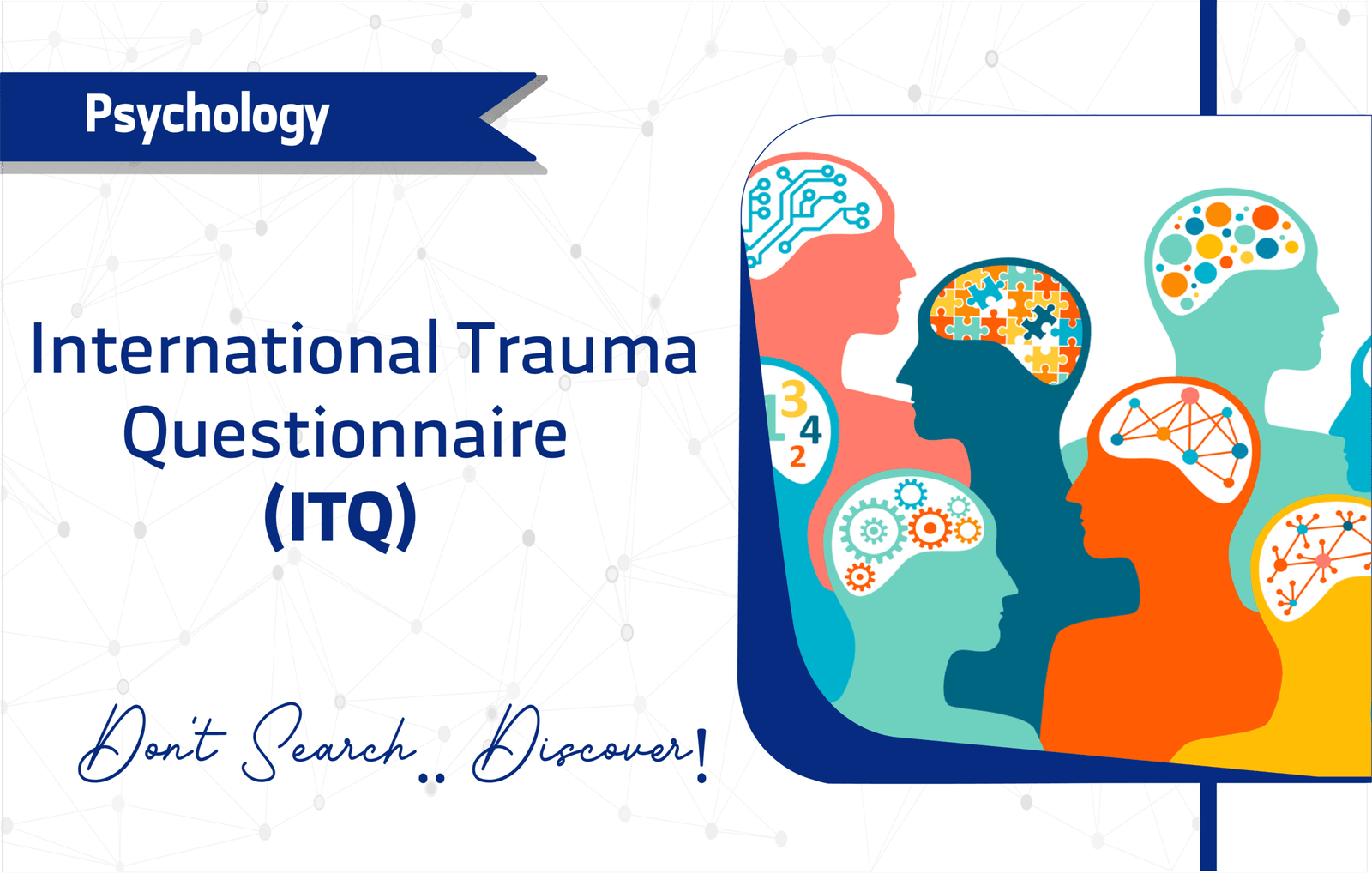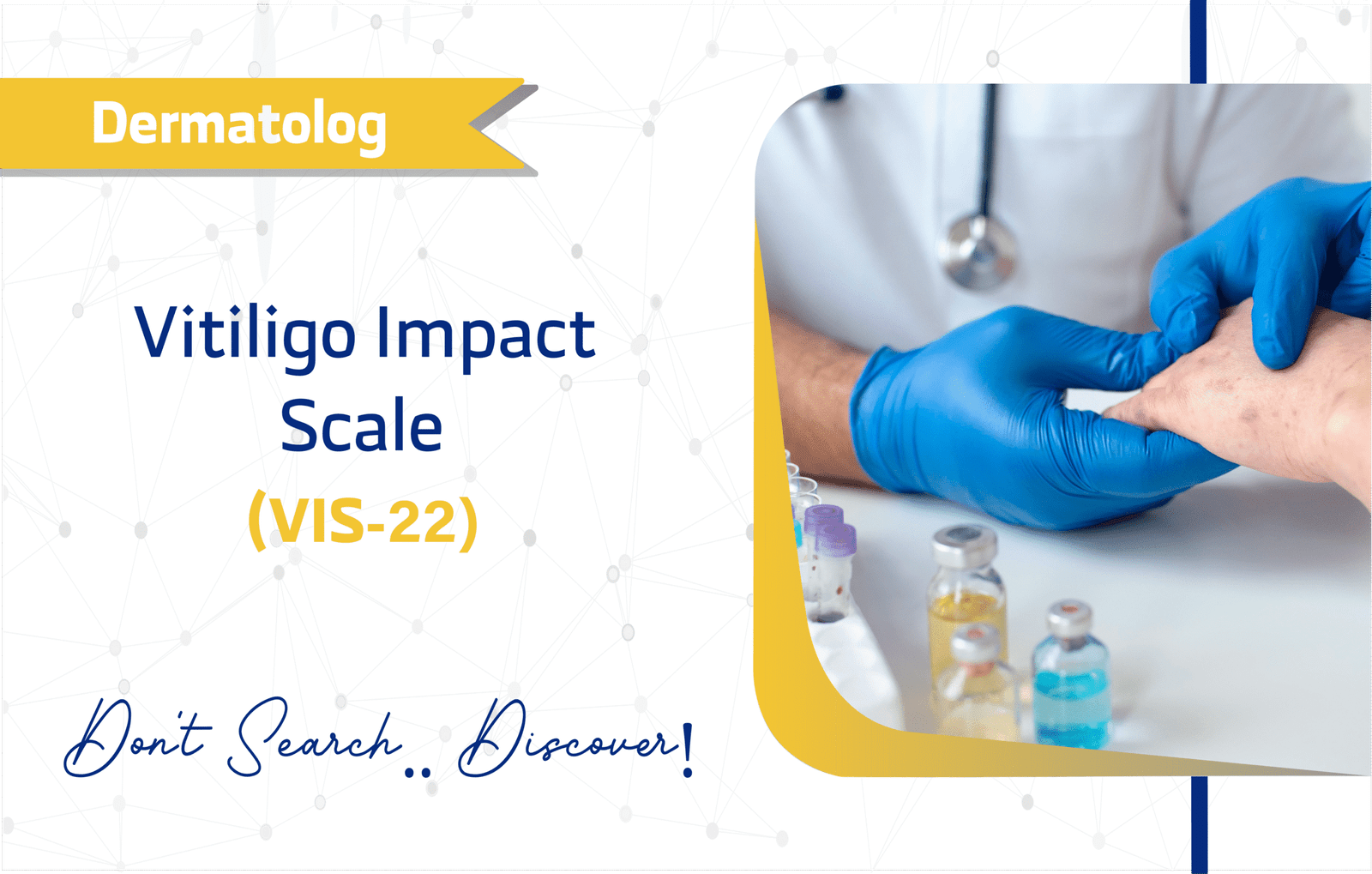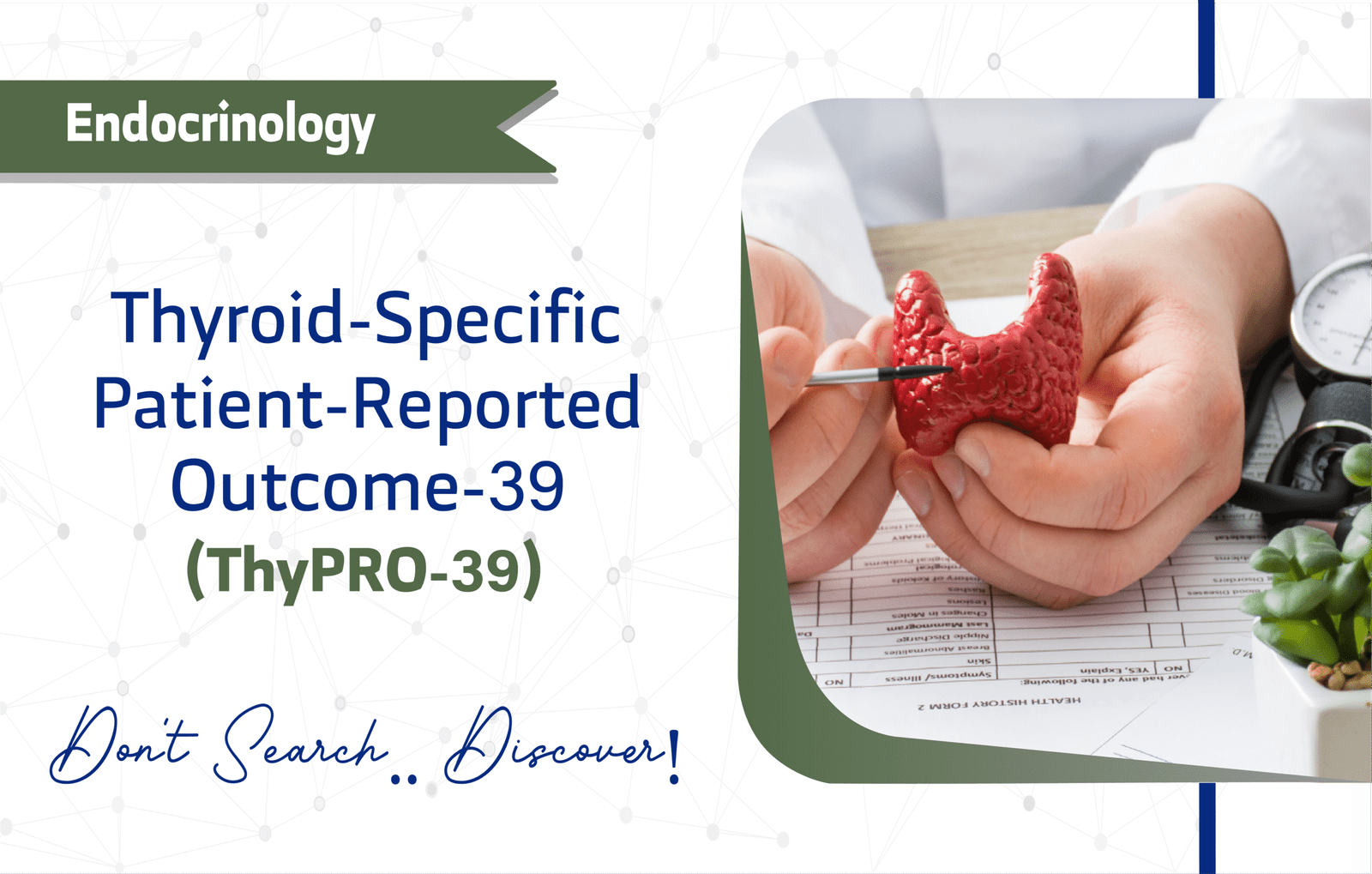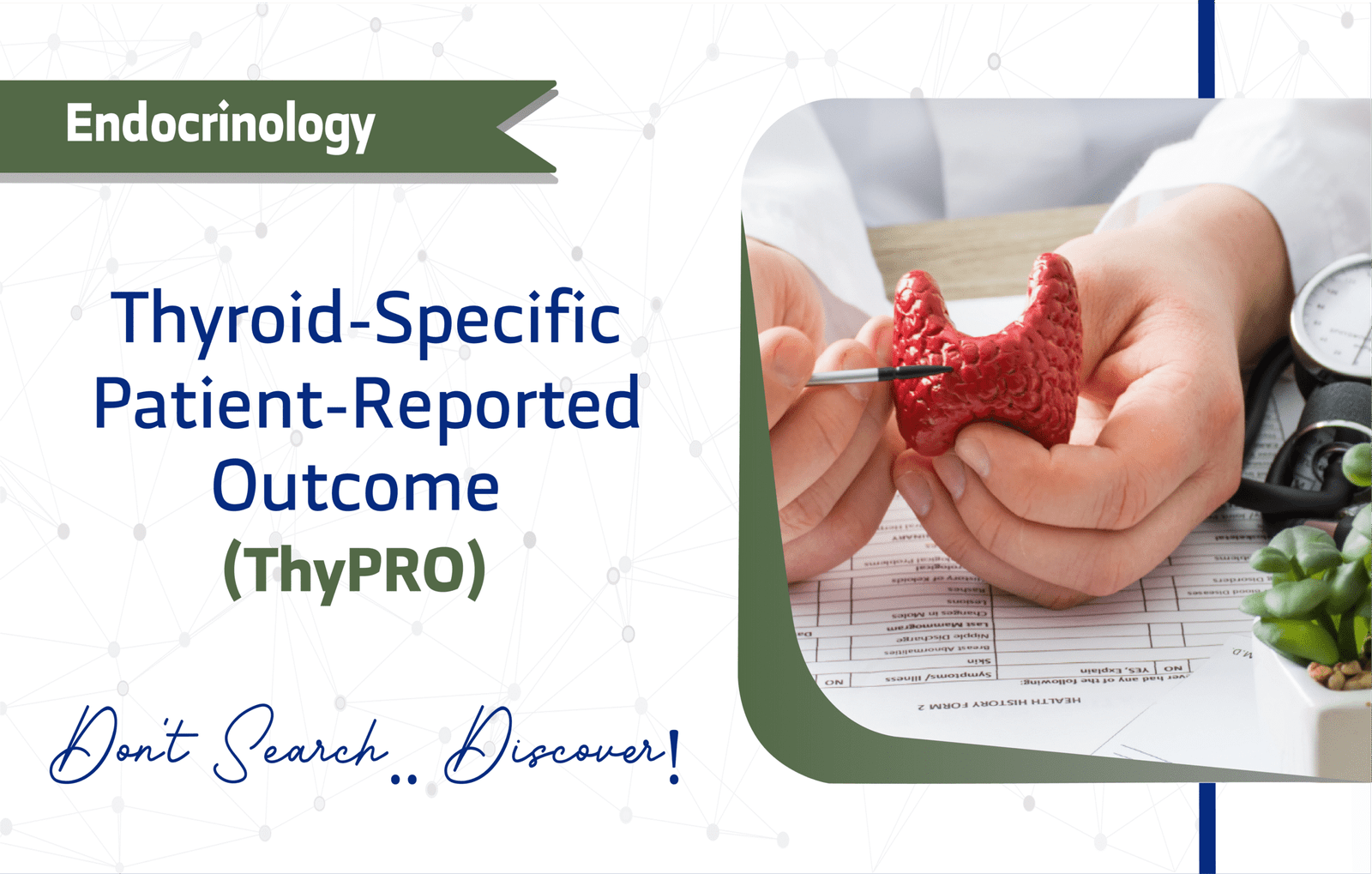Introduction
The Evaluación de la Calidad de Vida en la Osteoporosis (ECOS-16), commonly referred to in English as the Assessment of Quality of Life in Osteoporosis-16, serves as a vital tool for assessing health-related quality of life (HRQoL) in patients with osteoporosis, particularly postmenopausal women and those with vertebral fractures. Developed by Xavier Badia and colleagues, this 16-item questionnaire, published in 2000, has garnered over 100 citations on Google Scholar. Consequently, its concise format and robust psychometric properties make it essential for researchers and clinicians in orthopedics, geriatrics, and women’s health.
This article provides a comprehensive guide to the ECOS-16, highlighting its structure, applications, and clinical value for improving patient outcomes.
Key Featuseres of the Assessment of Quality of Life in Osteoporosis-16 (ECOS-16)
Purpose and Use
The ECOS-16 specifically measures the impact of osteoporosis on quality of life, focusing on physical, psychological, and social domains. Unlike generic HRQoL tools, its targeted design ensures relevance for osteoporosis patients, particularly those with vertebral fractures.
Target Population
The ECOS-16 targets postmenopausal women with osteoporosis this icludes:
- Older Adults (45-64 years)
- Seniors (65+ years)
However, its validation is limited for non-osteoporotic populations or younger patients.
Structure
The comprises 16 items organized into three key domains that comprehensively assess the impact of osteoporosis:
- Symptom Severity: Evaluates the frequency and intensity of back pain and mobility limitations, capturing the physical burden of the condition.
- Functional Impact: Measures difficulties with daily activities such as dressing, household tasks, and other physical limitations caused by osteoporosis.
- Psychological Effects: Assesses emotional challenges, including fear of falling and social isolation, which significantly affect patients’ well-being.
Each item employs a 5-point Likert scale (1 = best, 5 = worst), ensuring straightforward and consistent responses that reflect the severity of quality-of-life impairments.
Scoring Method
The ECOS-16 employs a 5-point Likert scale, with higher scores indicating worse health-related quality of life. Subscale scores are calculated by averaging the responses within each domain, and the total score is derived by averaging all 16 items. This structure allows clinicians to pinpoint specific areas of concern, for instance, a higher Pain subscale score may prompt targeted pain management interventions. While no universal cut-off score has been established, a reduction of approximately 0.5 points in the total score is generally considered a clinically meaningful improvement. In research settings, percentile-based thresholds or comparison with normative data may be used to identify patients requiring closer follow-up or tailored care.
Administration Format
The ECOS-16 offers flexible administration options to suit various settings:
- Paper-based
- Digital (Online)
Patients typically complete the questionnaire in 5–10 minutes, making it practical for busy clinical environments.
Applications of Assessment of Quality of Life in Osteoporosis-16 (ECOS-16)
The ECOS-16 serves multiple purposes in clinical and research settings:
- Screening: Identifies patients with significant quality-of-life impairments due to osteoporosis.
- Monitoring: Tracks HRQoL changes over time or during treatment.
- Treatment Planning: Guides clinicians in tailoring interventions based on subscale scores (limited or indirect use).
- Research: Supports studies on osteoporosis outcomes and treatment efficacy.
For instance, a high Psychological Functioning score might lead clinicians to recommend mental health support, while researchers could analyze ECOS-16 data to evaluate new therapies.
Languages and availability
To enhance global accessibility, the ECOS-16 is available in:
- English
- Spanish
- German
- French
- Italian
- Korean
- Farsi
This multilingual support broadens its use in diverse clinical and research contexts.
Use of the ECOS-16 is free for both commercial and non-commercial purposes, requiring no permission, which enhances its accessibility worldwide.
Reliability and Validity
The ECOS-16 demonstrates robust psychometric properties, making it a trusted tool for assessing osteoporosis-related quality of life. Validation studies confirm its reliability, with a Cronbach’s alpha ranging between 0.84–0.92 indicating high internal consistency. Additionally, its test-retest reliability is strong, with an intraclass correlation coefficient (ICC) ranging from 0.80 to 0.85, ensuring consistent results over time. The questionnaire also exhibits good construct validity, correlating moderately to strongly with the SF-36 (r = 0.47–0.82), making it a reliable choice for both research and clinical practice.
- Original validation study: study link
- Korean validation study link
- Farsi validation study link
Limitations and Considerations
Despite its strengths, the ECOS-16 has a few limitations:
- Self-report: Respondents may be influenced by social desirability bias or personal interpretation.
- Cultural Bias: Limited validation in some populations may affect applicability.
- Language Barriers: Availability in certain languages may require further translation.
- Lack of Sensitivity to Change: May not fully capture subtle changes in quality of life.
- Narrow Focus: Limited to osteoporosis-specific domains, potentially missing broader psychological factors.
Other Versions And Related Questionnaires
The Assessment of Quality of Life in Osteoporosis-16 (ECOS-16) complements other osteoporosis-specific tools such as:
- Quality of Life questionnaire In Osteoporosis-41 (QUALIOST-41): A more comprehensive but longer questionnaire.
- Mini-Osteoporosis Quality of Life Questionnaire (OQLQ): A shorter alternative for quick assessments.
- Osteoporosis Assessment Questionnaire (OPAQ): Focuses on broader osteoporosis-related outcomes.
These tools can be paired with the ECOS-16 for a more holistic assessment of patient well-being.
Additional Resources
- Original Validation Study study link
- You can access the questionnaire as a PDF through this link.
- For inquiries, contact Xavier Badia at xbadia@hor-europe.com
- For additional ECOS-16 resources, consult Health and Quality of Life Outcomes
Frequently Asked Questions (FAQ)
- Who can use the ECOS-16?
Clinicians, researchers, and healthcare providers use the ECOS-16 for patients with osteoporosis, particularly postmenopausal women and those with vertebral fractures. - How long does it take to complete the ECOS-16?
Patients typically take 5 to 10 minutes to complete the ECOS-16, making it feasible for clinical and research settings. - How is the ECOS-16 administered?
Healthcare teams can administer the questionnaire via paper, digital, or in-person interview formats, offering flexibility in usage. - Is there any cost to using the ECOS-16?
The ECOS-16 is free for both commercial and non-commercial use, requiring no permission
A word from ResRef about Assessment of Quality of Life in Osteoporosis-16 (ECOS-16)
The Assessment of Quality of Life in Osteoporosis-16 (ECOS-16) offers a reliable, validated, and comprehensive tool for assessing quality of life in patients with osteoporosis. Whether you are a researcher evaluating disease impact or a clinician improving patient care, the ECOS-16 reveals critical areas that need attention. Consequently, it leads to better outcomes and informed treatment decisions.
References
- Badia, X., Díez-Pérez, A., Alvarez-Sanz, C., Díaz-López, B., Diaz-Curiel, M., Guillén, F., & González-Macias, J. (2000). Measuring quality of life in women with osteoporosis: The Osteoporosis Quality of Life Questionnaire (ECOS-16). Health and Quality of Life Outcomes, 2(1), 41. link
- Lee JS, Son SM, Goh TS, Kim TH, Noh EY. Validation of the ECOS-16 Questionnaire in Koreans with Osteoporosis. Asian Spine J. 2016 Oct;10(5):877-885. doi: 10.4184/asj.2016.10.5.877. Epub 2016 Oct 17. PMID: 27790315; PMCID: PMC5081322. link
- Moradzadeh R, Moghimi N, Nadrian H, Behrouzi F, Keshavarz T, Golmohammadi P. Validity and reliability of the Farsi version of the ECOS-16 questionnaire for females with osteoporosis. East Mediterr Health J. 2018 Jan 2;23(11):729-733. doi: 10.26719/2017.23.11.729. PMID: 29319144. link


